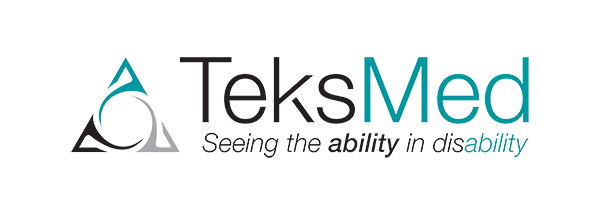Best Practices for Disability Management
Employees may be limited in their job capability due to a temporary or permanent disability. While it may be true that over the course of one’s career, an individual may become limited in their working capability due to an injury or illness, they are still likely to be able to perform their duties with accommodation and can still contribute greatly to the economy and workforce.
Below we outline some best practices for disability management solutions which are aimed at increasing productivity and decreasing lost time.
Best Practices for Managers/Executives
- Ask the employee how you can help them be successful in their work. If you notice that an employee is having difficulty with their job due to a potential disability, ask how you can help. The answer may be something surprisingly simple that makes a big difference.
- Talk to the employee about their needs and concerns as it relates to their job. Simple adjustments to an employee’s work schedule or workspace may be all that is needed to help them excel.
- Consistently ask employees for feedback – consider processes that allow for anonymous commentary and response.
Best Practices for Organizations
- When making the case for a disability management program in your organization, focus on the costs of NOT being proactive.
- Hold awareness sessions and workshops for different segments of the organization. Different groups in your organization may be affected by disability management in different ways.
- Consider hosting awareness sessions for your HR department, managers, unions, etc. Case studies can be an excellent tool to illustrate the need for a disability management program.
- Take a team approach to your disability management program. These programs work best when management and staff work together. If you need help accomplishing this, consider bringing in a third party organization that specializes in disability management.
- Equip your managers. Help your managers learn how to act in situations that require disability management. Offer training particularly in areas of the organization that are considered a higher risk.
- Create a communication plan. Communication will be the foundation of your disability management process. If an employee takes leave because of a disability or is returning to work after one, a clear plan will be beneficial. The communication plan should include who will be in contact with the employee, how often they will reach out to them, what subjects they are allowed/not allowed to discuss, etc. Part of the communication plan should also be that the employee is given the opportunity to take lead in their own back-to-work plan.
- Make sure that both management and unions are engaged in the disability management plan.
- Make sure that both employees and managers know who to reach out to when they need help concerning disability management.
Having a proper and efficient disability management plan in place and knowing the best practices to follow will help set expectations and relieve anxiety.
For assistance putting together your disability management plan, call TeksMed today at 1-877-850-1021.



